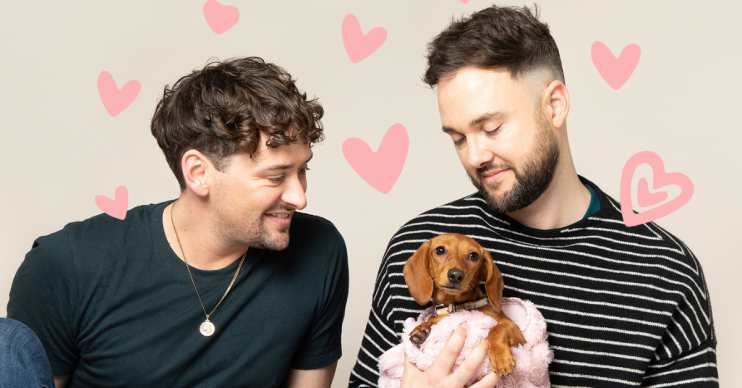Three steps to leaving your dog at home, alone
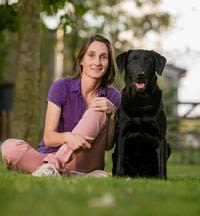
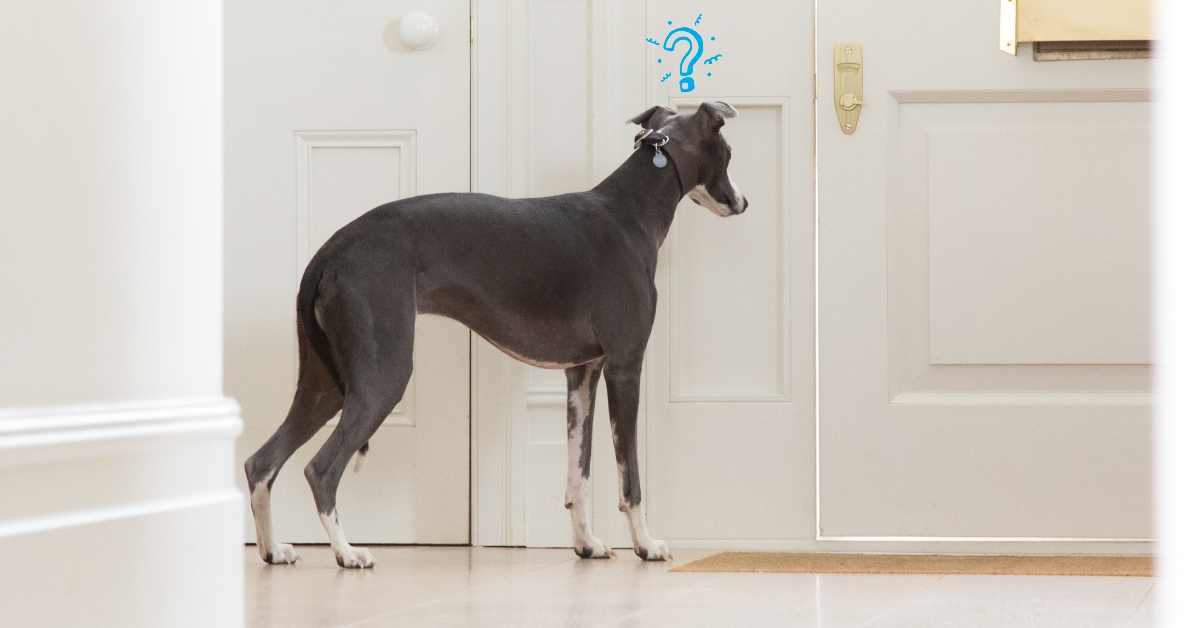
Leaving your dog alone at home can be hard at the beginning- for you and for your four-legged friend. It’s simple: dogs like to be with their owner(s). It makes them feel safe. The good news is, it’s completely possible to teach your dog how to stay home alone - without getting lonely or worrying about your return. Here’s how.
Step 1: Creating safety
For puppies and adoption dogs, it’s important you never leave them alone during the first few days in a new environment. After all, a dog attaches itself to the people around them after just a few hours. A feeling of safety depends entirely on the presence of social partners. Even at night, your new friend would prefer not to sleep alone. You don’t actually have to share a bed with your dog, but sleeping in the same room can really help create that feeling of safety.
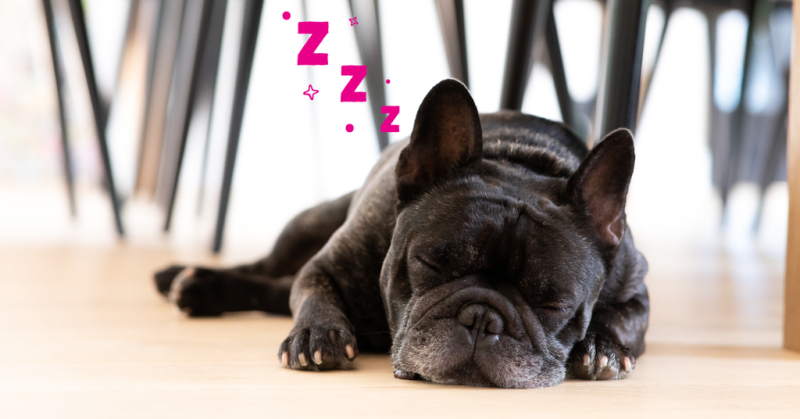
Step 2: Physical absence
It will take time to help your dog become used to the idea that they can't stay near you all the time. Initially, you can do this by occasionally leaving the shared space, while still remaining visible. For example, if your dog is resting in the living room, you could pop into the kitchen. Prevent your dog from following you by inserting an obstacle, such as a fence. When you first try this, it’s important to project calmness through your body language. That way, your dog will know there’s nothing to worry about. After a while, return to the room but leave again soon after without giving your dog any attention. By doing this, you’re letting your dog know there’s nothing strange about this whole event.
Step 3: Visual absence
Once your dog is used to you being in a different room, you can take it a step further. This involves going somewhere where your dog can’t see you. For example, this could involve simply closing the door between two rooms or leaving the house completely. We recommend you build up to this slowly, leaving for short periods, returning and then leaving again. It’s worth thinking about the best time to leave your dog. For example, after a long walk or playful session. Also, pay close attention to your dog’s behaviour and stop the training if they appear distressed. This distress might present in different ways. If your dog is destroying things, or excessively panting or drooling, this can indicate they are not yet ready to be left alone.
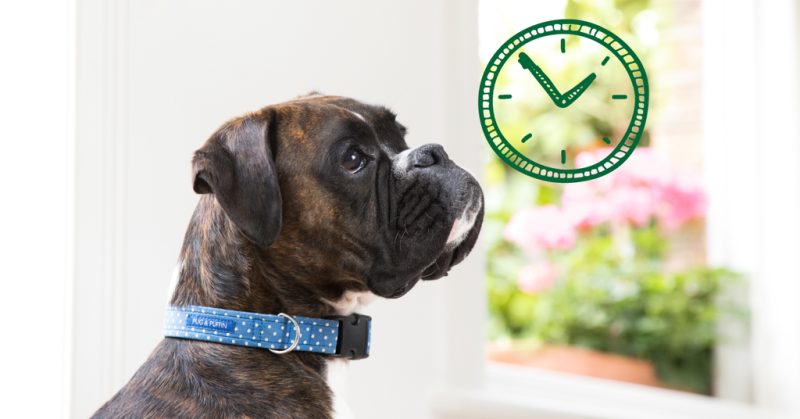
Bonus tip: Create a departure ritual to make it clear to your dog that you are leaving. Basically, you want to communicate: 'I am leaving, see you later'. Avoid saying goodbye with lots of love or extra attention. Instead, keep this moment as normal as possible. That way, you do not create stress around your departure and return.
If you follow all these steps at your dog's pace, you’ll be rewarded with a pet who’s happy to stay at home alone.
About Edgard & Cooper

Joyful pet food
Eating is one of life’s simple joys, so why overcomplicate things? Unlike most other pet foods, we treat nature’s ingredients with respect and make food that’s naturally healthy and full of flavour.

Play nice with nature
We’re on a mission to become the world’s most sustainable pet food. We love nature, so we pledge to make real, lasting change through our targets of zero carbon, fully sustainable packaging and ethically sourced ingredients.

Friends stick together
We donate 1% of our sales to the Edgard & Cooper Foundation, which works with charities that improve the lives of cats and dogs today, while protecting them tomorrow.

